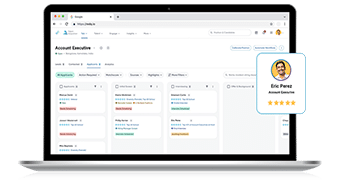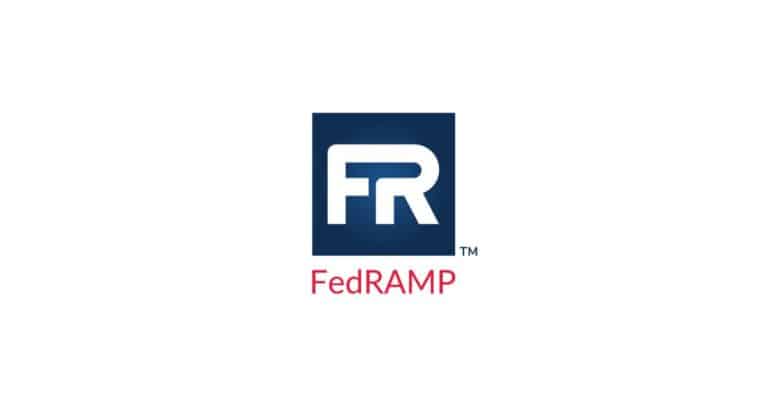- HR leaders who embrace uncertainty as an opportunity are setting themselves up to thrive in a rapidly changing landscape.
- As AI continues to evolve faster than regulations, organizations must build trust through their own governance and transparency with its use.
- AI is here to enhance, not replace, human decision-making by boosting engagement and enabling more efficient ways of work.
We know we’re in an era of rapid change and incredible demands in HR. Organizational leaders expect their talent teams to support quickly shifting market demands—and HR leaders are constantly expected to do more with fewer resources.
I recently sat down with Dr. Patti Fletcher, Chief Strategy and Practice Officer at TalentLign, and Matt Alder, producer and host of “The Recruiting Future Podcast,” to discuss what needs to happen with talent strategies to better support organizations through these changes.
With a clear focus on how to best use AI to support HR functions, this is one of the most fascinating times to be in this industry—and one of the most challenging.
Fletcher best summarized the industry’s state: “The tech is here. We have to change with it. Otherwise, we will [become] dinosaurs and die.”
Here are the five considerations that should be top of mind for every HR professional right now:

Related content: Watch “HR transformation: What 2024’s trends mean for 2025 strategies” on demand now.
1. Businesses with a clear vision will come out ahead
No one knows what will happen tomorrow, but the way organizations handle the uncertainty matters, said Alder.
Too often, he said, there’s a sense of “managed helplessness” in the HR industry, where organizations are scared to act because they don’t have enough information. Those who will thrive will be the ones who view the unknowns as opportunities.
“We can’t predict the future, but we can have a vision for it and shape it,” said Alder.
Fletcher added that every industrial revolution has brought about more speed and efficiency. AI offers that, while also demanding a cognitive shift to make meaning of the possibilities.
That’s a role—and an opportunity—for HR.
“A lot of times, HR has been the recipient of strategy in tech, not the driver of it,” Fletcher said. “HR departments can really bring things together to where a business can pivot, can be agile, and can become the ones making those market shifts, those ripples and that thunder.”
2. It’s time to talk about governance and trust
The speed of AI advancement has far outpaced federal legislation and continues to evolve daily.
Fletcher said that in a highly unregulated industry, business leaders must take the lead in considering ethical considerations regarding technology and data. “There has to be governance around AI,” she said.
Further, for true transformation to take shape across workplaces, worker trust is essential —and sorely lacking.
“If you don’t have trust, you have nothing. And right now, people are not trusting political leaders or business leaders,” Fletcher said. She added that as people get more thoughtful about their data, they’re less comfortable knowing that their employer seems to know more about them than they know about themselves.
To establish trust, striking a give-and-take balance is critical for employers moving forward, said Alder.
“If people think they’re getting a benefit out of sharing their data, and there’s trust, then it works,” he added.
Related content: Ready to move from possibility to action? Learn how to put AI to work in recruiting.
3. Understand how augmented intelligence can improve work
Today, the ability to use AI on the job is table stakes. Employees who don’t know how to use it will be replaced by employees who do. And those who understand the power of technology to augment their work may find opportunities to get ahead.
That’s because when used to complement human abilities, AI could potentially elevate a person’s way of thinking and even their work.
“It’s like having your own smart best friend,” Fletcher said. She shared the example of asking a chatbot, like ChatGPT, questions about a specific topic and then using the answers as a launching point to spark new ideas and explore the subject more deeply.
“It elevates our decision-making because it forces us to ask higher-level questions,” she said. “It also enables us to have a starting point of multiple sources of data.”
When applied more broadly to the workplace, AIcan—and should be—used strategically to complement the work people do. Alder said talent teams can be instrumental in determining how different aspects of work can be augmented.
“It should really be HR who are managing that interface between humans and machines,” he said. “They should decide what’s for humans? What’s for machines? How do we deal with people? That’s not something that should be dictated from afar.”
4. Employee engagement and well-being stand to benefit from AI
AI can continually assess a person’s skills, potential, and even job satisfaction, which could, in turn, boost engagement and enable mobility within an organization.
For example, when armed with data about a worker’s history, performance, and goals, AI can suggest career paths and share open jobs that employees want to consider.
“The ability to unlock this personalized information is phenomenal, and that’s what it’s all about,” Alder said.
In the past, he said this kind of information was locked away in different departments and silos. “People would get frustrated when they didn’t feel seen.”
That means HR has to work with business leaders to create the right culture. The right AI can also read beyond employee sentiments and motivations to understand whether they’re happy and fulfilled in their roles.
5. HR leaders must continue to challenge the status quo
As hiring practices evolve with AI, many HR departments recognize a disconnect. Recruiting leaders are increasingly focusing on building skills-based organizations and flexible workforce models. Yet, many work cultures are still entrenched in a mentality that revolves around résumés and org charts, even though workforce mobility feels more like a chessboard.
To balance agility with long-term strategic planning, talent teams will want to address this mismatch, said Alder.
“The HR norms of the past aren’t really there anymore, and I think people have to question everything, like why are we doing this now?” Alder said. “Challenging the status quo and having a different mindset is an important part of moving forward.”
Watch “HR transformation: What 2024’s trends mean for 2025 strategies” on demand now.











